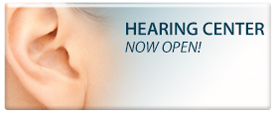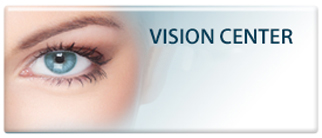Hearing aid technology has improved by leaps and bounds in the past decade, but even the most advanced hearing devices may not perfectly in every situation. Certain environmental conditions—excessive background noise, group conversations, loud surroundings and large distances between the speaker and listener, for example— may prevent hearing aids from delivering sounds effectively. In problematic situations like these, we may recommend using an assistive listening device (ALD) in hard-to-hear settings and environments.
ALDs are portable personal amplifying systems that improve the clarity and quality of sounds in a variety of challenging settings.
Before you can determine if an ALD is right for your lifestyle and hearing needs, it’s important to understand what these devices are, how they work and who would benefit from using them.
ALD Basics
ALDs assist a broad spectrum of hearing loss patients in numerous settings and situations. Due to their versatility, many types of ALD systems are available. While understanding the fundamental facts about ALDs will guide you in selecting a device, you should never invest in an ALD without our guidance and assistance. Here are some of the essential facts you should know about ALD systems:
- The devices can be used alone or in tandem with hearing aids and cochlear implants to boost and clarify hearing.
- All ALD systems contain at least three basic components: a microphone, a transmitter and a receiver.
- When using an ALD, sounds are broadcast from a microphone near the source to a receiver placed in your ear.
- ALDs use digital technology to amplify the main source of sound, prevent feedback and minimize all competing background noise.
- ALDs are used to treat all degrees of hearing loss from mild to profound.
- There are three main ALD systems—FM, infrared and hearing loop—which each use a distinctive method of sound transmission.
- Most of today’s ALDs connect wirelessly to computers, in-car entertainment systems, hearing aids, TVs, phones and other devices using Bluetooth technology.
Common Uses for ALDs
Assistive hearing technologies improve hearing in a wide range of situations, and every device offers a unique set of features and functions. Different styles of ALDs are designed for specific settings, so selecting a device with attributes you will use is key. Some common places patients use ALDs include:
- Meetings
- Religious services
- Restaurants
- Parties
- Events and activities
- Theaters and shows
- Shopping centers
- Airports
If your hearing aids are falling short in certain situations, consider the many benefits of ALD systems. Schedule an appointment at DeSoto Eye and Ear to find out more about how you can benefit from an ALD.


